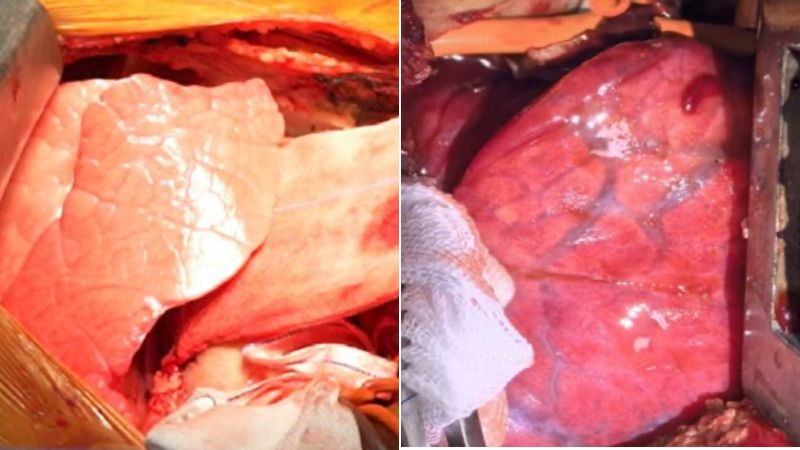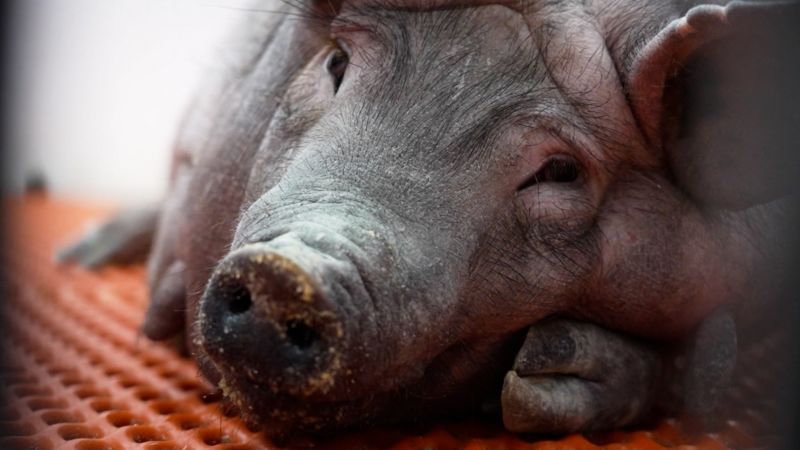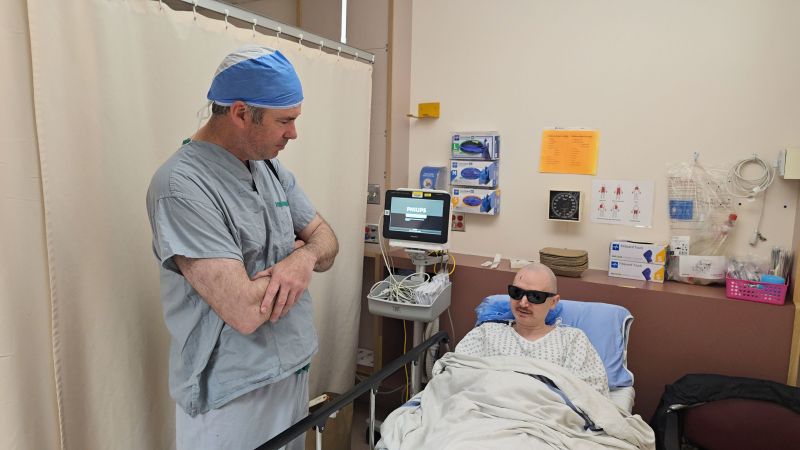
Groundbreaking Genetically Modified Pig Lung Transplantation
World | 8/25/2025
In a groundbreaking medical development, a genetically modified pig lung was successfully transplanted into a brain-dead man for the first time, as detailed in a recent report. The procedure, which saw the transplanted lung function in the recipient for a remarkable nine days, marks a significant advancement in the field of organ transplantation.
The pioneering transplantation, utilizing a genetically modified pig organ, represents a notable milestone in medical science. While organ transplantation from animals, known as xenotransplantation, has long been explored as a potential solution to the shortage of human organs for transplantation, this instance stands out as a notable achievement in the field.
Experts in the medical community have underscored the importance of this successful transplantation, highlighting its implications for the future of organ transplantation. Commenting on the significance of the procedure, a medical researcher stated, “This milestone demonstrates the potential of xenotransplantation in addressing the critical shortage of suitable organs for transplantation.”
The successful integration of the genetically modified pig lung into the brain-dead man opens up avenues for further research and advancements in the field of organ transplantation. The nine-day function of the transplanted lung showcases a promising development that could have far-reaching implications for patients awaiting organ transplants globally.
As medical science continues to push boundaries and explore innovative solutions to medical challenges, the successful transplantation of a genetically modified pig lung into a human recipient for the first time represents a significant step forward in the quest to address the persistent shortage of viable organs for transplantation. The outcome of this groundbreaking procedure paves the way for continued advancements in the field of xenotransplantation and offers hope for patients in need of life-saving organ transplants.


